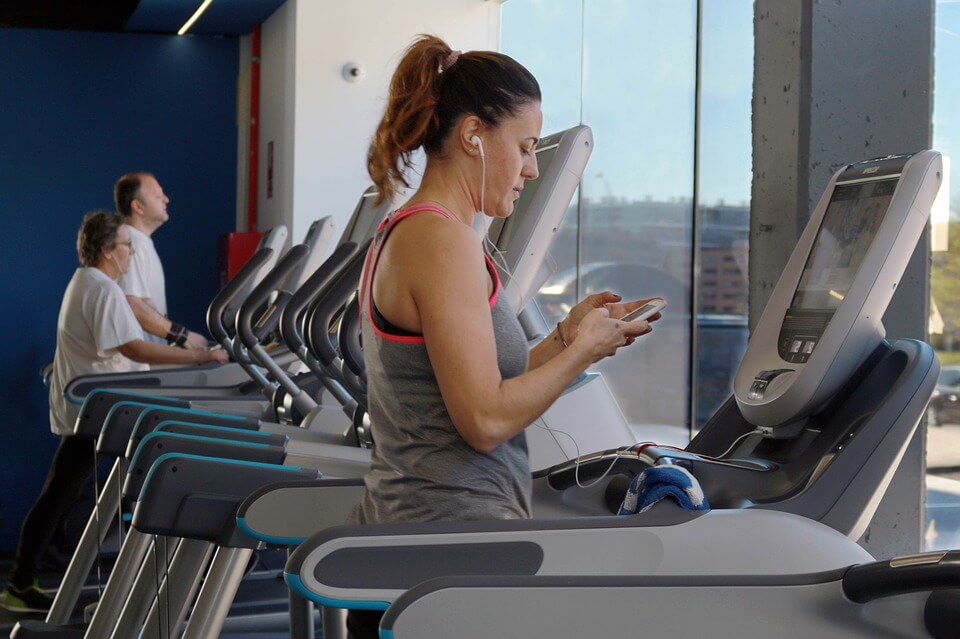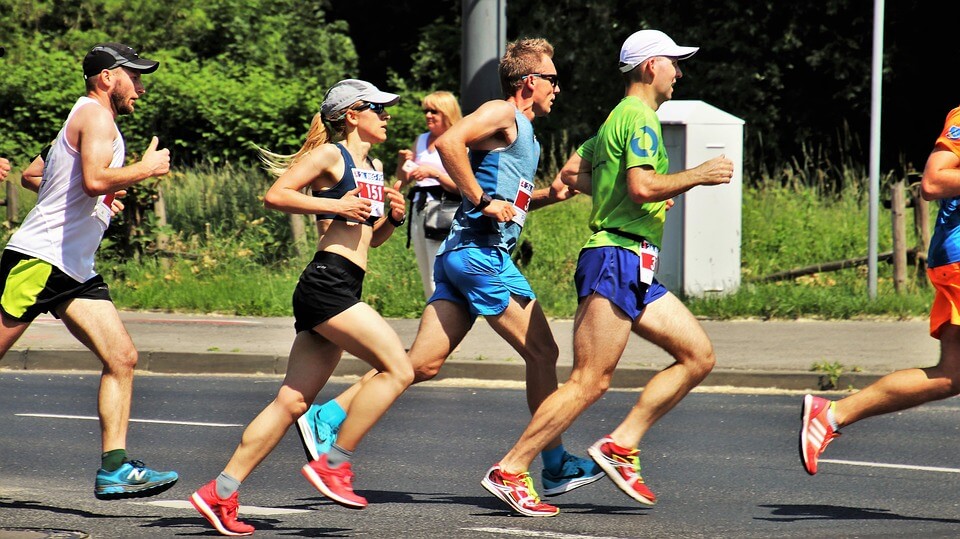People have probably told you that life begins at forty. It’s when you enjoy the fruits of your two-decade labor, after all. At forty, you’re ready to do almost everything: travel to various places, reap the rewards of having a stable professional network, raise a family, or enjoy the rest of your bachelor or bachelorette years.
Keyword: almost. There are lots of things you might not see yourself doing. And the one that your doctor probably always bugs you about is exercising.
Before you say you’re “too old to start, ” let me clarify that exercising is for all ages. It strengthens the body and boosts your energy. It’s even more important if you’re a middle-aged adult because you might be facing several medical conditions. Your body would thank you for every extra ounce of strength it would get.
Steer Clear of a Sedentary Lifestyle
Being sedentary might have worked out fine during your youth, but continuing down that road leads to obesity, heart disease, cancer, and other chronic ailments. It also speeds up the aging process. The American Journal of Epidemiology reports that women who are sedentary for more than 10 hours had biologically older cells than their actual age.
Inactivity messes up your mood, too. A 2013 article published in the journal Mental Health and Physical Activity found that people who sat for more than six hours a day experienced higher psychological distress compared to active individuals.
Why Should You Start Now?
Let me start by saying that exercise can extend your life. The Harvard Health Publishing blog says it boosts by more than seven years. A separate study from the Queen’s University in Canada says regular physical activity adds 2.4 years to a man’s life and 3 years to a woman’s.
Exercise doesn’t just add years to your life; it adds life to your years, too. You feel better, sharper, and more energetic after only a few weeks of regular physical activity.
I won’t delve into the long list of advantages. But, I’d say that one of the greatest perks of exercising is that you can look good, even well into your sixties!
Start Moving
When you start exercising, remember not to go overboard. Choose low-impact activities that your body could handle. After all, your body is not accustomed to intense activity. If you overexert yourself, you might sustain muscle and bone injuries. So, start small and build your endurance slowly. A safe starting point is to brisk walk for 10 minutes every second day.

Don’t move with slow and lazy steps, though; maintain a moderate intensity of movement. For instance, walk at a pace where your breathing and heart rate is elevated, but you can still talk.
When this activity starts to feel easy, increase the activity to 10 minutes per day or two-10 minute sessions every other day.
It’s small, but it’s a start. Once you got this on lock, set your sights on a more serious exercise routine.
Check with Your Doctor
It would take a lot more than brisk walking to build your stamina. Too much exercise, however, might be detrimental for people with certain conditions. If you’re any of the following, check with your physician before creating an exercise routine:
- You are unsteady on your feet
- You experience dizzy spells often
- You have chronic conditions like heart disease, asthma, diabetes, high blood pressure, or osteoporosis
Your doctor would likely recommend a safe amount of physical activity. And don’t worry; typical exercise programs consider one’s age and medical conditions. If you’re signing up for a gym-based training program, be transparent about your condition and the doctor’s recommendations.
A Healthy Variation of Exercise
Varying the types of activities in your routine is important. As a rule of thumb, include tasks that target different muscle groups. Use the four Building Blocks of Fitness as a guide:
Cardio Endurance –Cardio training’s main goal is to build your endurance. This involves rhythmic motions that target large groups of muscles—those that get your breath racing and your heart pumping. After some time, you won’t get tired as easily, and you’d be active for longer periods. Exercises include walking, running, jogging, hiking, cycling, dancing, and swimming.
Strength and Power – Strength training builds your muscles and helps you handle greater resistance, while power training lets you do the same things faster. The former builds muscle mass and prevents bone loss. The latter, meanwhile, improves your reaction time. Both ease the way you perform your day-to-day activities. Strength and power exercises include free weights and elastic bands.
Flexibility – These exercises allow your joints to move freely and give your body a full range of motion. Do these regularly, and you’ll stay supple and agile. Activities are simple: you just have to perform stationary and mobile stretches.
Balance – Balancing activities help you stay upright and maintain stability. They let you distribute weight evenly throughout the body, improve bone health, and reduce the risk of falling and slipping.



Staying Motivated
I admit it’s hard to stay faithful to your fitness routine, especially if you come from an inactive lifestyle. So, if you feel like you’re unmotivated, try the following:
- Write down your goals and mark them if you achieve them. There’s nothing more encouraging than seeing yourself get better every time.
- Get a friend to exercise with you. It’s more fun to do routines if you have company. Your fitness buddy would motivate you, too (and vice versa) if you’re discouraged to continue.
- Vary your training. A training program might have this covered. But if you’re exercising on your own, don’t stick to brisk walking. Follow the four building blocks of fitness. Try weights, yoga, tai chi, and aerobics. You can even give CrossFit a try (even when you enter your sixties!)
- Incorporate other leisurely activities into your routine. Listen to your favorite songs while you’re jogging or running, for instance or watch popular TV series while you’re on the treadmill.
- Reward yourself! Get that new shirt that shows off your arms, a relaxing day at the spa, or a cheat day (that’s within reasonable limits, please).
Getting into exercise isn’t easy if you’ve been a lifelong couch potato (trust me, I’ve been there). It takes a lot of effort and motivation to keep going. If you keep at it, though, you’ll see that the results are worth the hardwork.
Check out our site for more tips on your fitness journey.
